'People love land': The top estate sales of 2024, from the Duke of Northumberland to first-time farmers
Some estate sales were trickier in 2024, yet overall most eventually found buyers. We look at some of the top estates to have graced the pages of Country Life last year.
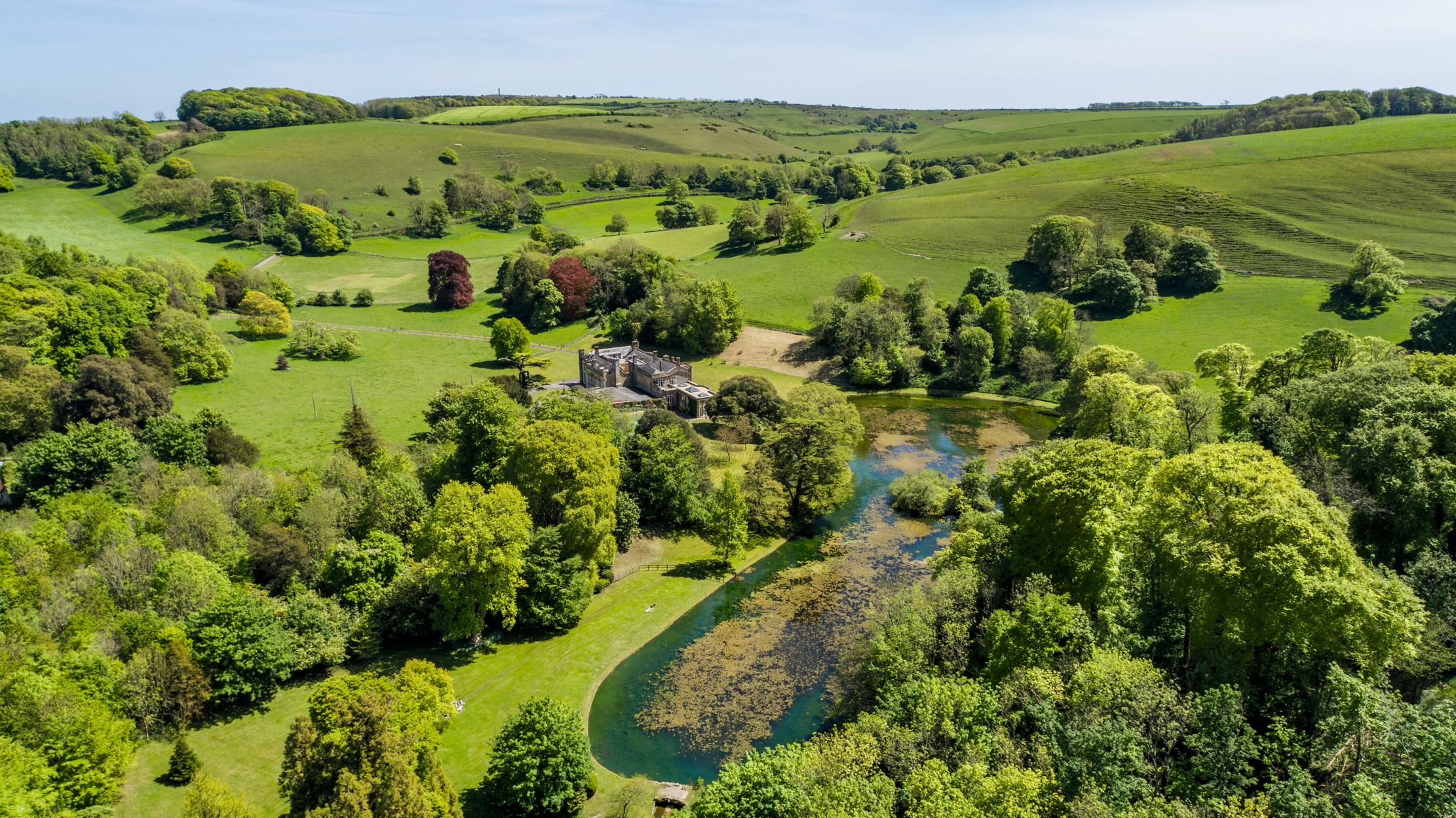

'People love land and, although some other estates found the sale of large houses problematic this year, at the end of the day, anything that comes wrapped in a good piece of land will eventually find a buyer.’ So said David Hebditch, head of land sales at Carter Jonas, in announcing the successful sale of the glorious Bridehead estate at Littlebredy, Dorset, which was launched in June 2024 with a guide price of £30 million and found a buyer in October. This was also the year that marked the end of an era for four great English country estates.
It is rare for an entire Dorset landed estate to find its way onto the open market and Bridehead was not only one of the loveliest, but one of the most unspoilt. The spectacular, 2,047-acre estate was owned by seven generations of the Williams family from the late 1700s, when Robert Williams, a London banker and director of the East India Company, bought the lands at Littlebredy owned by Cerne Abbey until the Dissolution.
Although in need of modernisation, Bridehead’s sublime location, two miles from the west Dorset village of Winterbourne Abbas and seven miles north of the Jurassic Coast, allied to a substantial property portfolio comprising an imposing Regency manor house, 32 village and estate houses, six farms and a substantial area of ancient woodland, were more than enough to seal the deal.
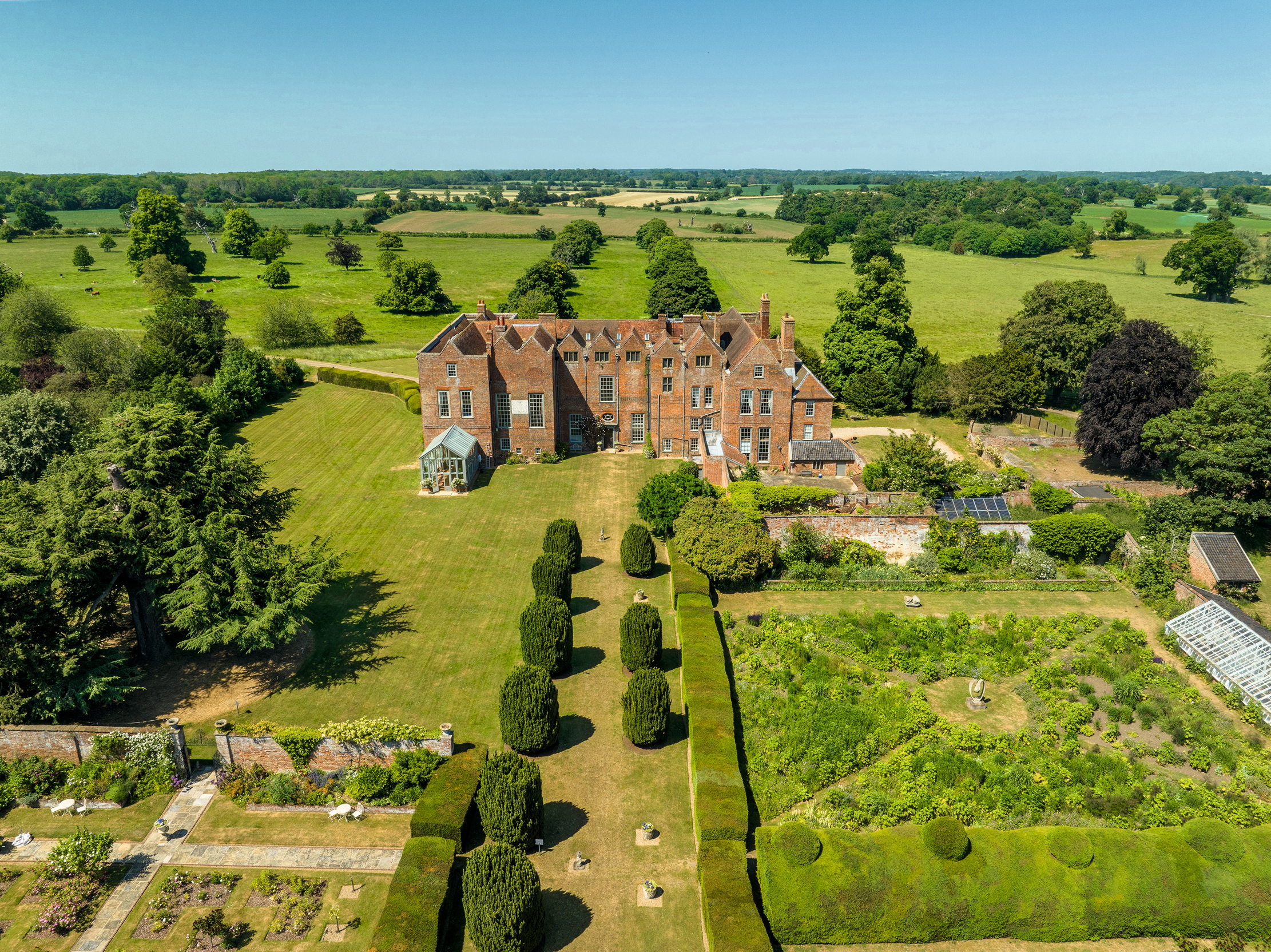
Late February saw the launch in Country Life, for the first time in 101 years, of the Cobbold brewing family’s historic 1,763-acre Glemham Hall estate at Little Glemham, seven miles from Aldeburgh on Suffolk’s heritage coast. Tim Fagan of Strutt & Parker quoted a guide price of £19m for the estate with its Grade I-listed mansion house set in some 200 acres of formal gardens and parkland with frontage to the River Alde, plus more than 1,000 acres of in-hand land — a mix of arable, river meadow and woodland — and a 526-acre let farm with a 17th-century farmhouse and seven cottages.
Sadly, the family brewery was long gone when the late Maj Philip Hope-Cobbold, affectionately known as ‘The Galloping Major’, inherited the estate in 1994 and embarked on a series of often hilarious corporate, social and cultural events in order to finance the upkeep of the 34,000sq ft hall and its 15 acres of gardens. On his death in 2020, he was succeeded by his son, Tom, and the estate was eventually sold in two lots in October.
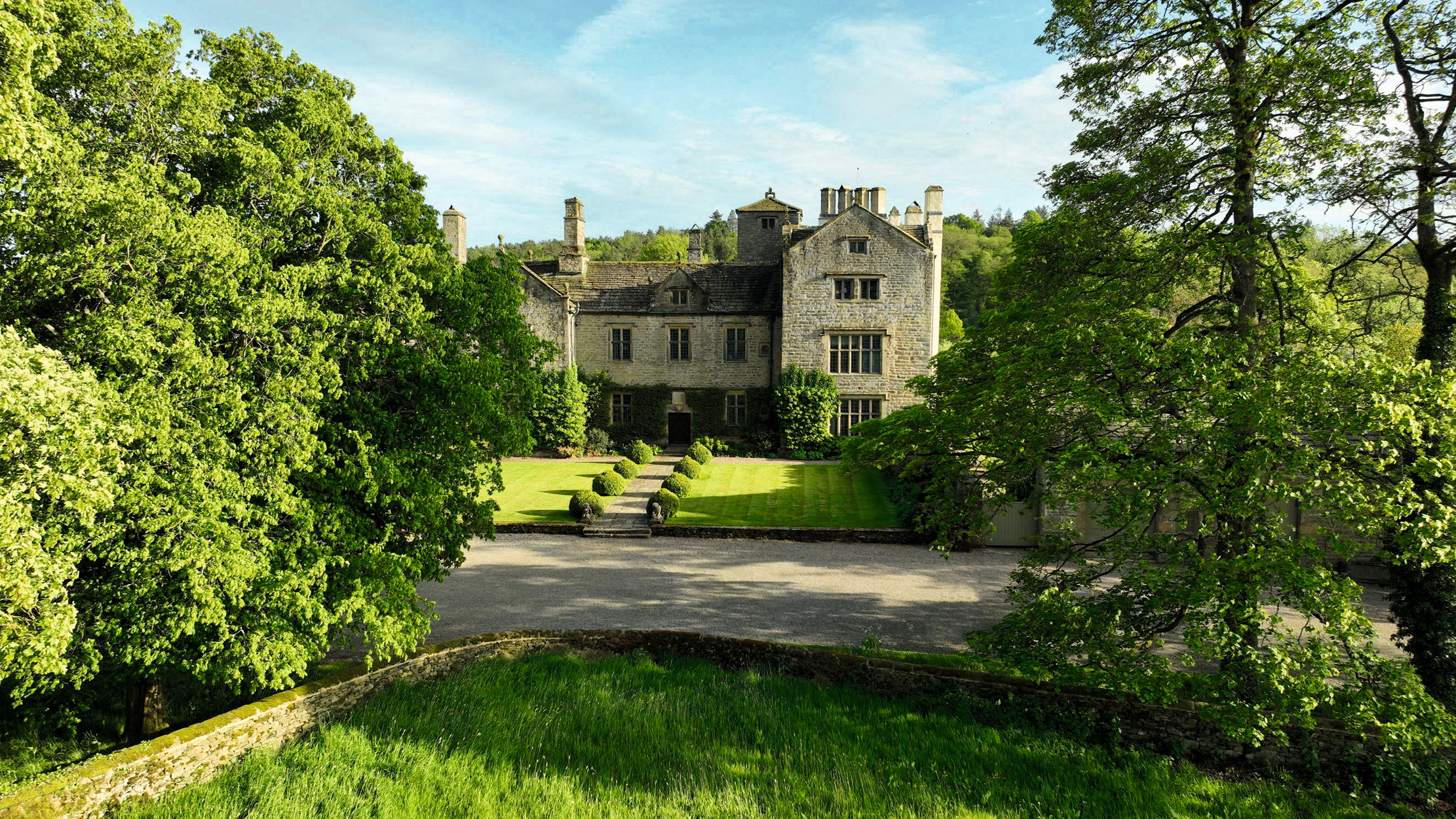
Strutt & Parker and Davis & Bowring were joint agents in the sale of the 545-acre Lawkland Hall estate, which occupies an enviable position within the Bowland Forest National Landscape, on the edge of the Yorkshire Dales National Park, two miles from the pretty village of Austwick and three miles from Giggleswick. The hall is described in Pevsner as a ‘highly picturesque house of several dates, mainly 17th century, built by a cadet branch of the Ingleby family of Ripley Castle who acquired the estate circa 1572; [it was] bought by a Bradford industrialist, J. N. Ambler, and extensively modernised for him during the 1920s’.
The estate, which produces an income of £79,000 a year, comprises Grade I-listed Lawkland Hall set in seven acres of gardens and grounds; two three-bedroom estate cottages; Lawkland Hall Farm, a 459-acre farm let on a farm business tenancy (FTB) until March 2048; commercial and amenity woodland; and a pheasant shoot, flight pond and roe-deer stalking. The vendors, whose parents acquired the property in 1958, moved to Lawkland Hall in 1987 and significantly improved the house, described by John Martin Robinson in Country Life in 2019 as ‘a comfortable family home, as well as an exceedingly picturesque old North Yorkshire manor’. With a guide of £5.25m, the estate was launched onto the market in October 2023; completion took place in September 2024.
Sign up for the Country Life Newsletter
Exquisite houses, the beauty of Nature, and how to get the most from your life, straight to your inbox.
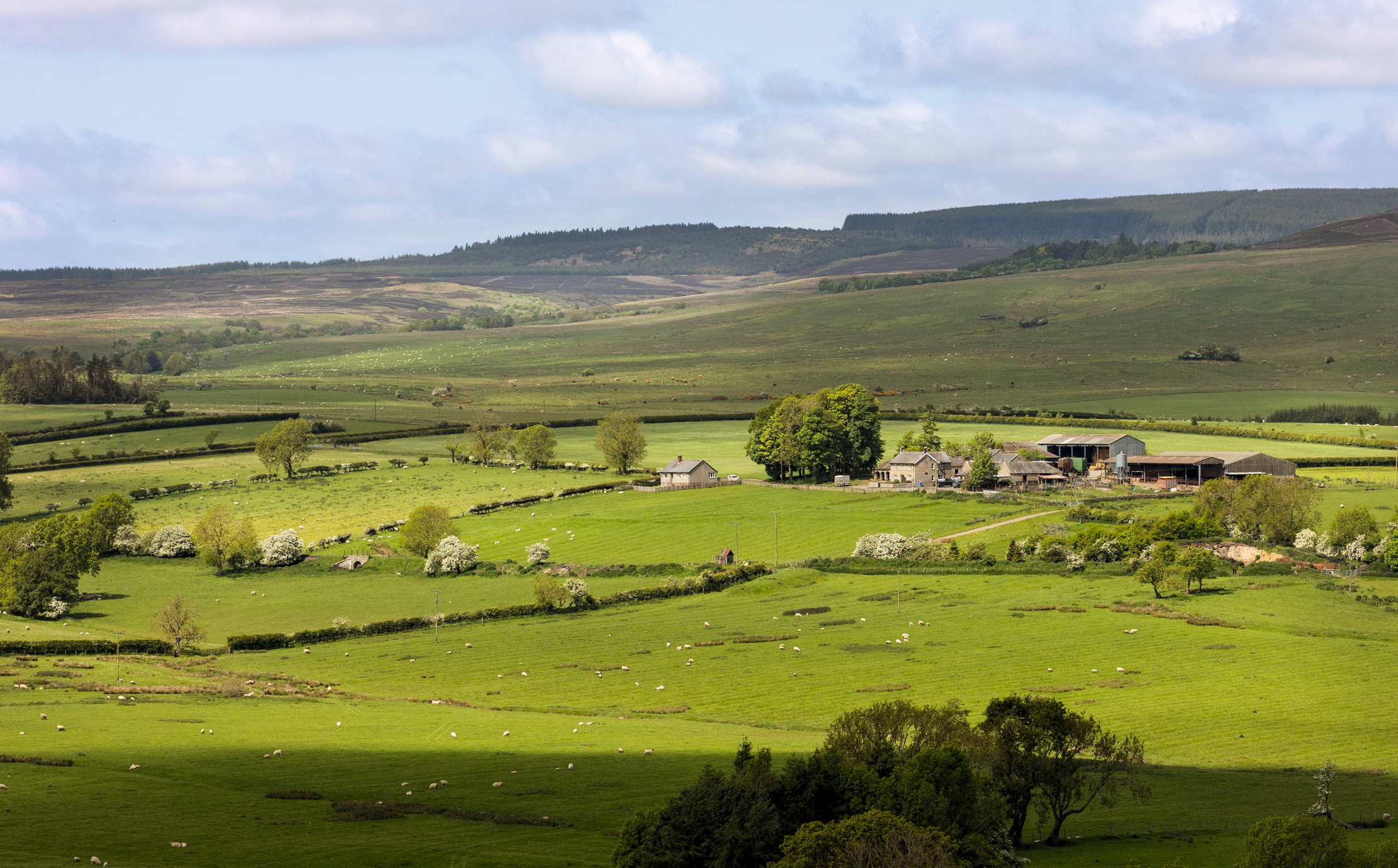
The Percy family’s ownership of land in Northumberland began with the purchase, by Lord Henry Percy, of the Barony of Alnwick and Alnwick Castle from the Crown in November 1309. Today, the family portfolio combines more than 100,000 acres of farming, forestry and tourism interests throughout the county and the Scottish Borders.
In July 2023, Will Matthews of Knight Frank oversaw the launch onto the market of the scenic mixed farming and sporting Rothbury estate near Rothbury, on the edge of the Northumberland National Park, 14 miles north-west of Morpeth, on behalf of the Duke of Northumberland’s youngest son, Lord Max Percy, who now lives full time in the South of England. For sale for the first time in more than 650 years, the 9,486-acre estate was offered at a guide price of £35m for the whole and was purchased under a two-phase agreement as ‘a national flagship’ by the Royal Society of Wildlife Trusts and Northumberland Wildlife Trust on the run-up to Budget day in October 2024.
The estate comprises 12 working farms, including three in-hand farms, which adds up to 3,281 acres in all: four farms let on three-generation agricultural tenancies — 1,934 acres altogether; and five farms let on FTBs, 2,354 acres in all. Scattered around the estate are 23 let residential properties. Natural assets include 424 acres of in-hand woodland, 1,392 acres of Forestry Commission woodland and 2,184 acres of moorland actively managed as a sporting moor.
Will Whittaker of Strutt & Parker’s National Farm Agency described 2024 as: ‘A stop-start year when we took one step forward and two back, with not much stock, and vendors thinking it was a sellers’ market, whereas buyers took the opposing view.’ The tally for 2024 was 113 farms and estates sold for more than £5m each between January and November, compared with 270 in 2023.
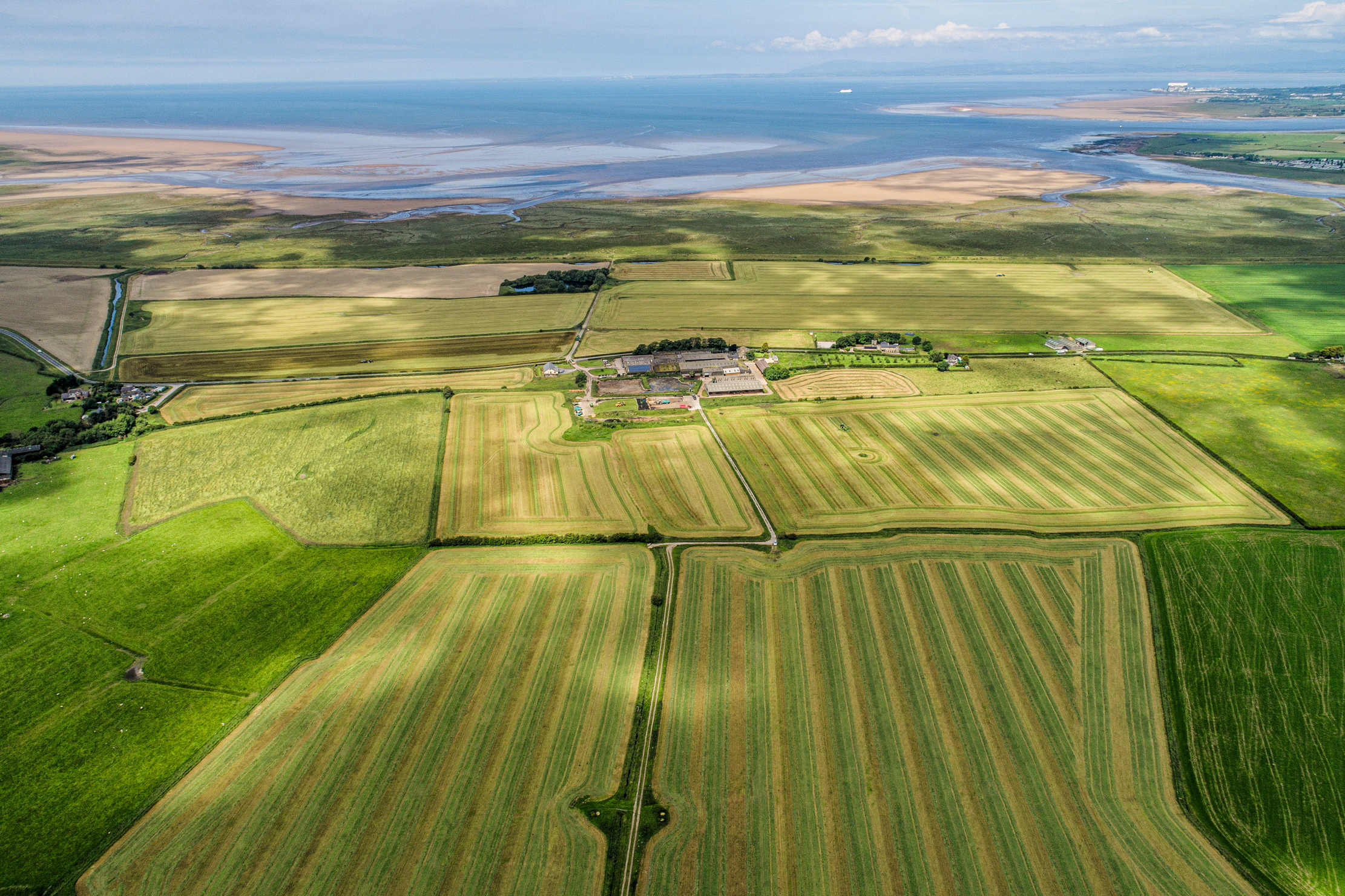
Mr Whittaker’s best, purely commercial, farm sale in the North was that of Sand Villa Farms at Cockerham on the Lancashire coast between Preston and Lancaster, a 650-acre farm located on flat, productive Grade II land south of the River Lune in an agriculturally progressive part of the country.
Owned by the same family for the past 17 years, Sand Villa was run as a working dairy farm until 2018 before being switched to the purchase and sale of cull cows, with the land mainly used to grow maize and grass silage and for livestock grazing. It also includes ownership of some 280 acres of saltmarsh located alongside the farm, across the sea wall. It was launched in July with a guide price of £5.85m and a sale was agreed post Budget in November.
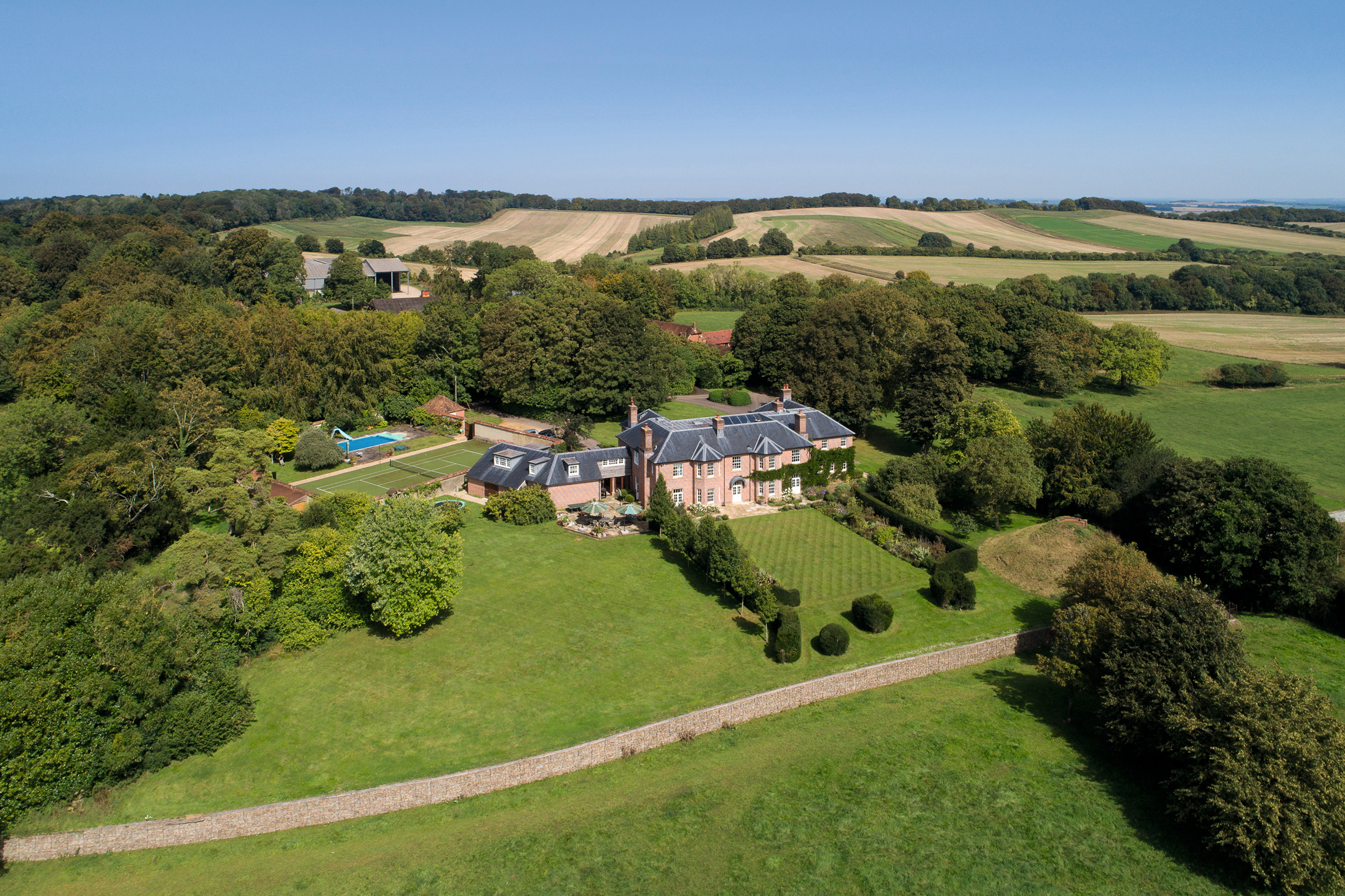
In the South, there was still a market among lifestyle purchasers — many of whom were cash buyers — for residential farms and estates with fine houses in good order and in prime locations with panoramic views. Crispin Holborow of Savills scored a bullseye with the launch in April, at a guide price of £24m, of the pristine, 999½-acre Buckholt farming and sporting estate in Hampshire’s Test Valley between Winchester and Salisbury. The estate sold in July for an undisclosed sum.
In the 1870s, Buckholt was part of the Norman Court estate owned by the Baring family, who built the original Buckholt House as the estate Dower House. In 2007, sporting farmer Michael Matthews bought Buckholt Farm from Lord Rothes and, two years later, acquired the old Buckholt House, thus restoring the estate to its original size. In 2011, the old house was replaced by a grand, new, eight-bedroom country house designed in the neo-Classical style by Adam Architecture of Winchester.
The estate’s rolling landscape provides a wonderful mix of sporting interest and farming potential. The arable land is contract farmed under a traditional rotation of barley, wheat and oats, with the downland and pasture around the house grazed by a herd of rare White Park cattle. The highly regarded Buckholt shoot offers an exciting combination of pheasant, partridge and mixed drives, with guests housed overnight in the former coach house and stables, which have been cleverly converted into a substantial nine-bedroom shooting lodge.
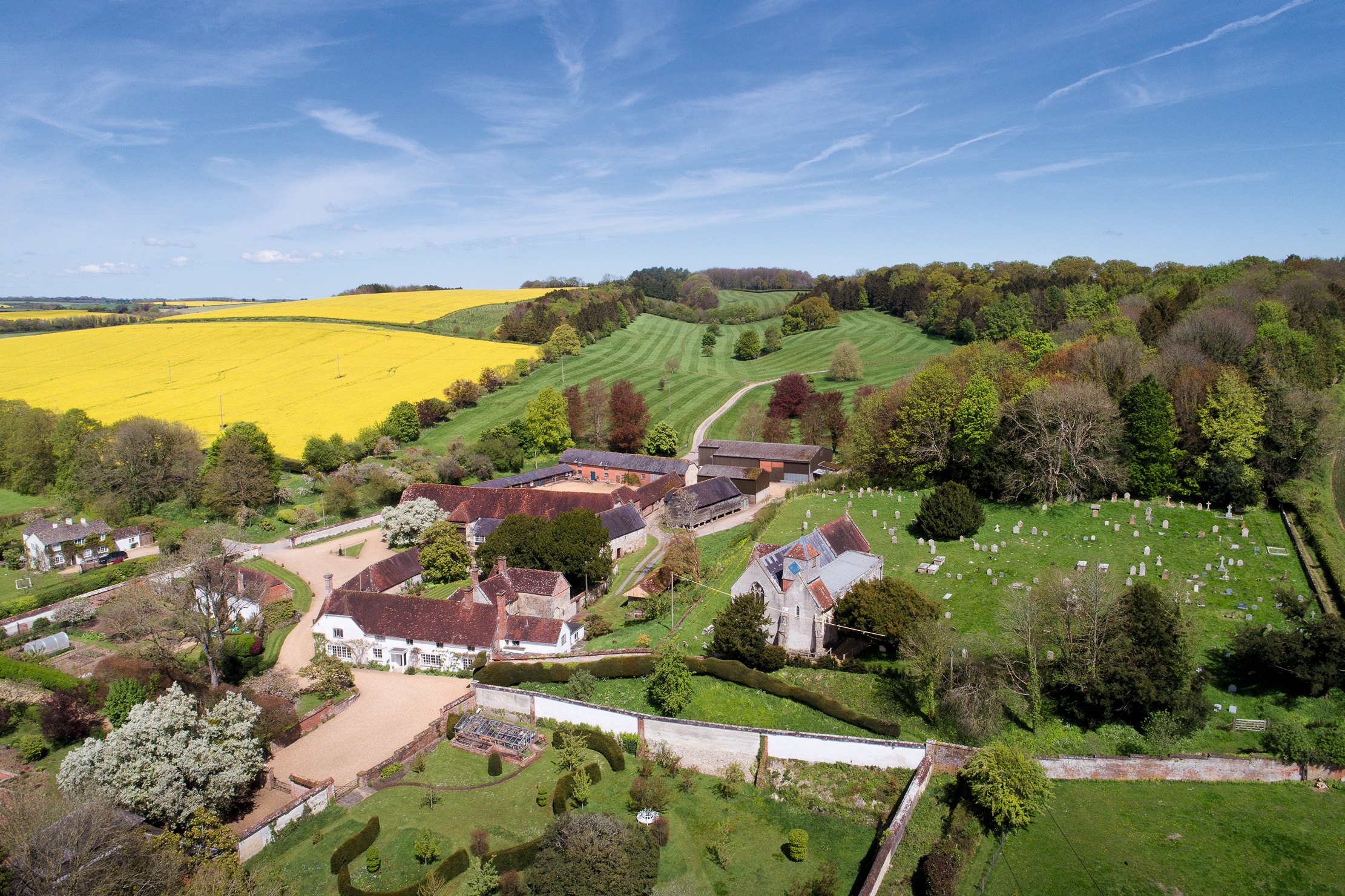
Savills also handled the sale, for the first time in 60 years, of the exquisite, 814½-acre Manor Farm estate in the village of Rockbourne, four miles from Fordingbridge, within the Cranborne Chase National Landscape. Originally a royal manor, the estate was owned by the priory of Breamore from the 13th century until the Dissolution. Grade I-listed The Manor House, described by Historic England as ‘a small 14th-century house… with a late-17th-century range altered in the 19th/20th century’, stands on high ground next to the village church of St Andrew, within gardens laid out around a picturesque medieval ruin designated a Scheduled Ancient Monument. A remarkable collection of traditional farm buildings includes a Grade I-listed barn and Grade II-listed granaries and stables, all meticulously preserved in their original state — a rarity in this part of Hampshire. Manor Farm was launched onto the market in June with a guide of ‘offers over £15m’; it found a buyer in October.
Across the county border in Surrey, Savills handled the sale in 2024 of several picturesque small country estates within the coveted Surrey Hills National Landscape. One of the prettiest was the 197-acre Pockford estate near Chiddingfold, 6½ miles equidistant from Godalming and Haslemere. It boasts a charming, Grade II-listed Georgian house of about 1800, set at the end of a tree-lined drive and enjoying far-reaching views over its parkland and down to Pockford Brook. Once part of the Sadler family’s Chiddingfold estate, the house stands in delightful gardens and grounds, with amenities including three cottages, a Grade II-listed party barn, indoor swimming pool, tennis court, stables and manège. It was launched on the market by Savills with a guide price of £6.95m in May. The estate was sold as a whole, and exchanged and completed in December.
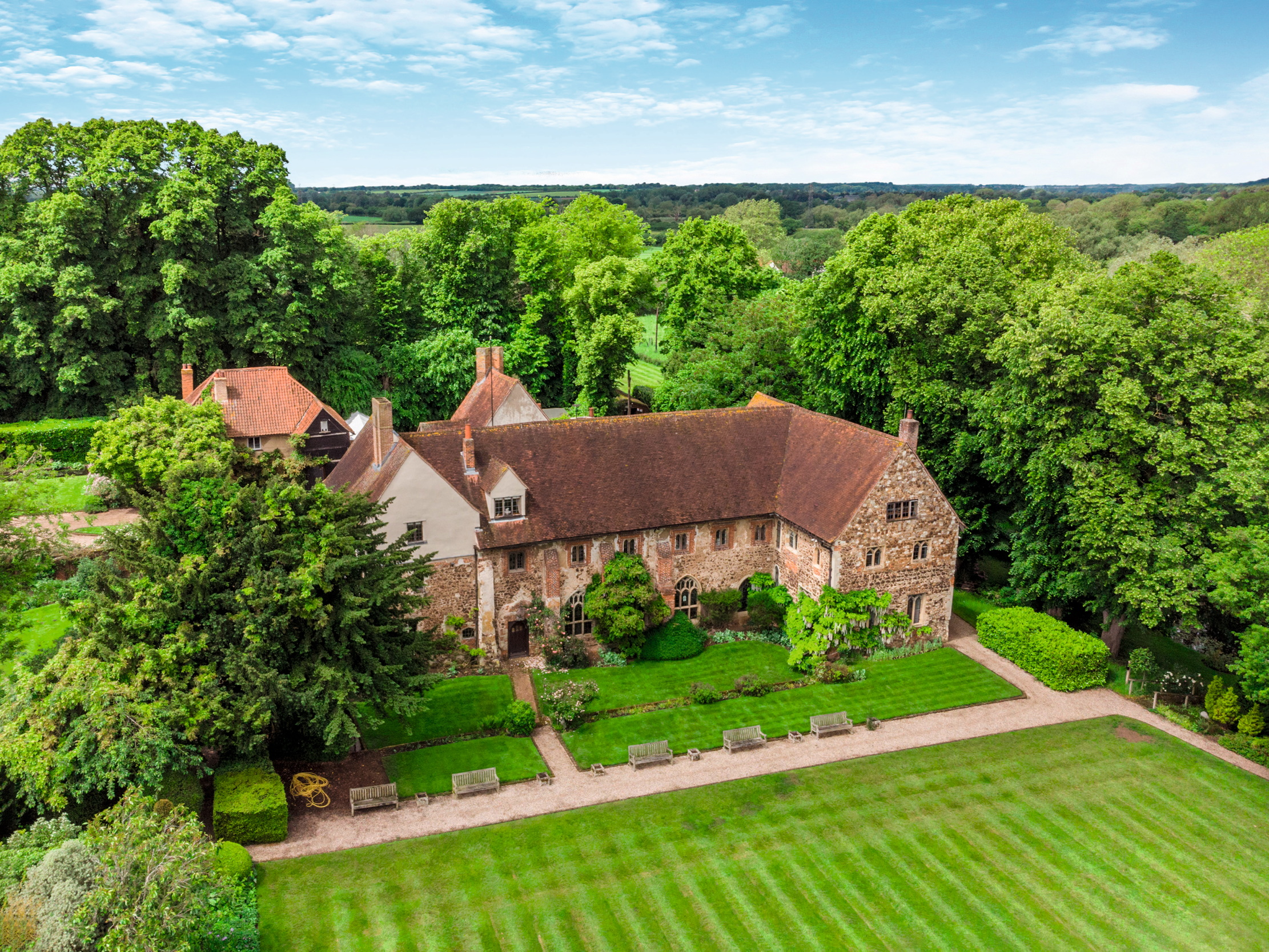
These are trying times for farmers, with ever rising costs, falling incomes and, now, the threat of inheritance tax being levied on family farms. Yet, as Mr Fagan points out: ‘Farmers by nature are unbelievably resilient and will somehow find a way to solve the most intractable of problems.’ In support of this reasoning, he cites the example of the sale of the late Christopher Foyle’s 366-acre Beeleigh Abbey estate on the banks of the Chelmer, a mile from the market town of Maldon, Essex: it came to the market in June at a guide price of £5.45m and was sold in September to a local family who fell in love with the abbey and now plan to embark on a farming career.
Penny Churchill is Country Life's Property Correspondent
-
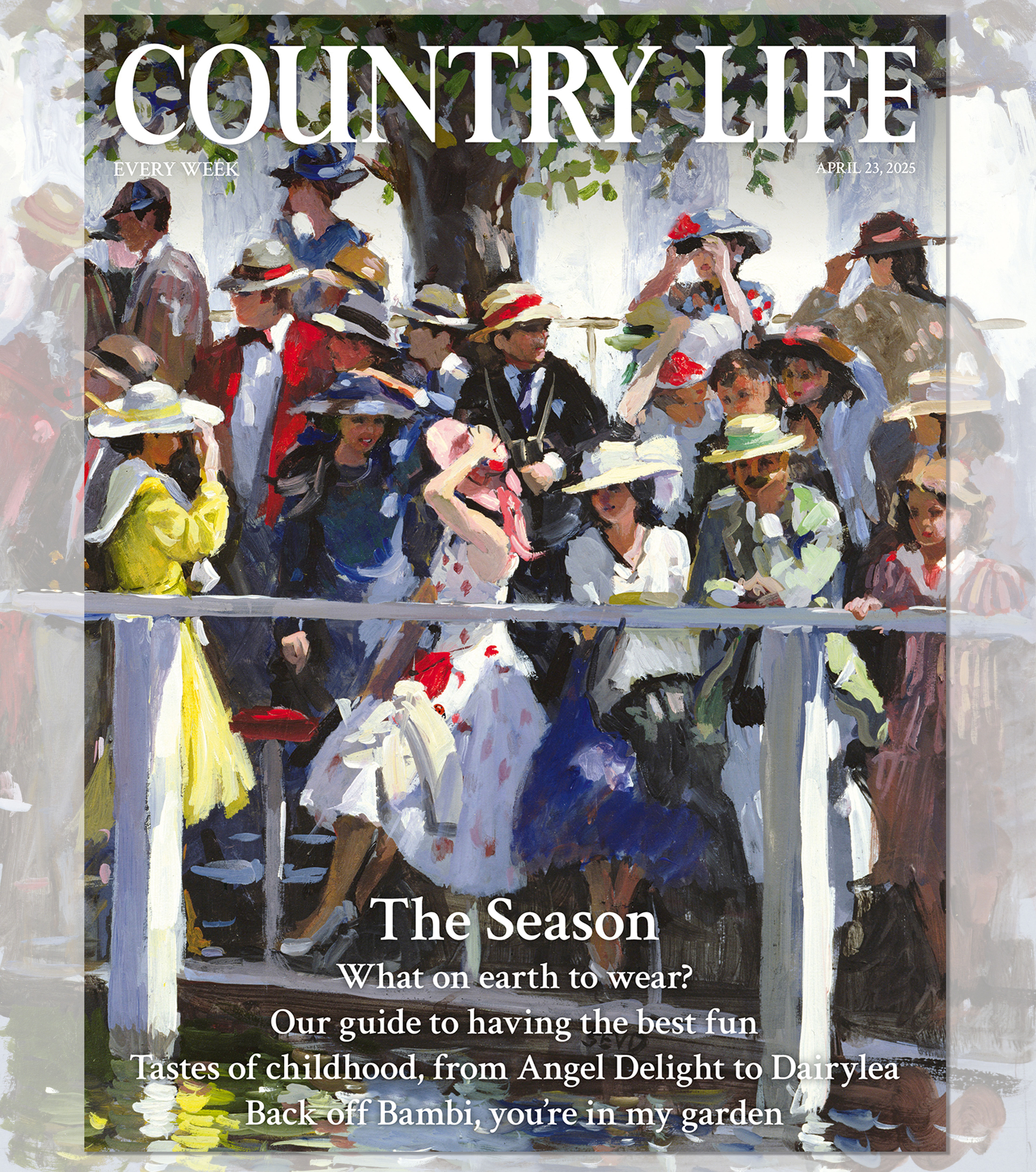 Country Life 23 April 2025
Country Life 23 April 2025Country Life 23 April 2025 looks at how to make the most of The Season in Britain: where to go, what to eat, who to look out for and much more.
By Toby Keel Published
-
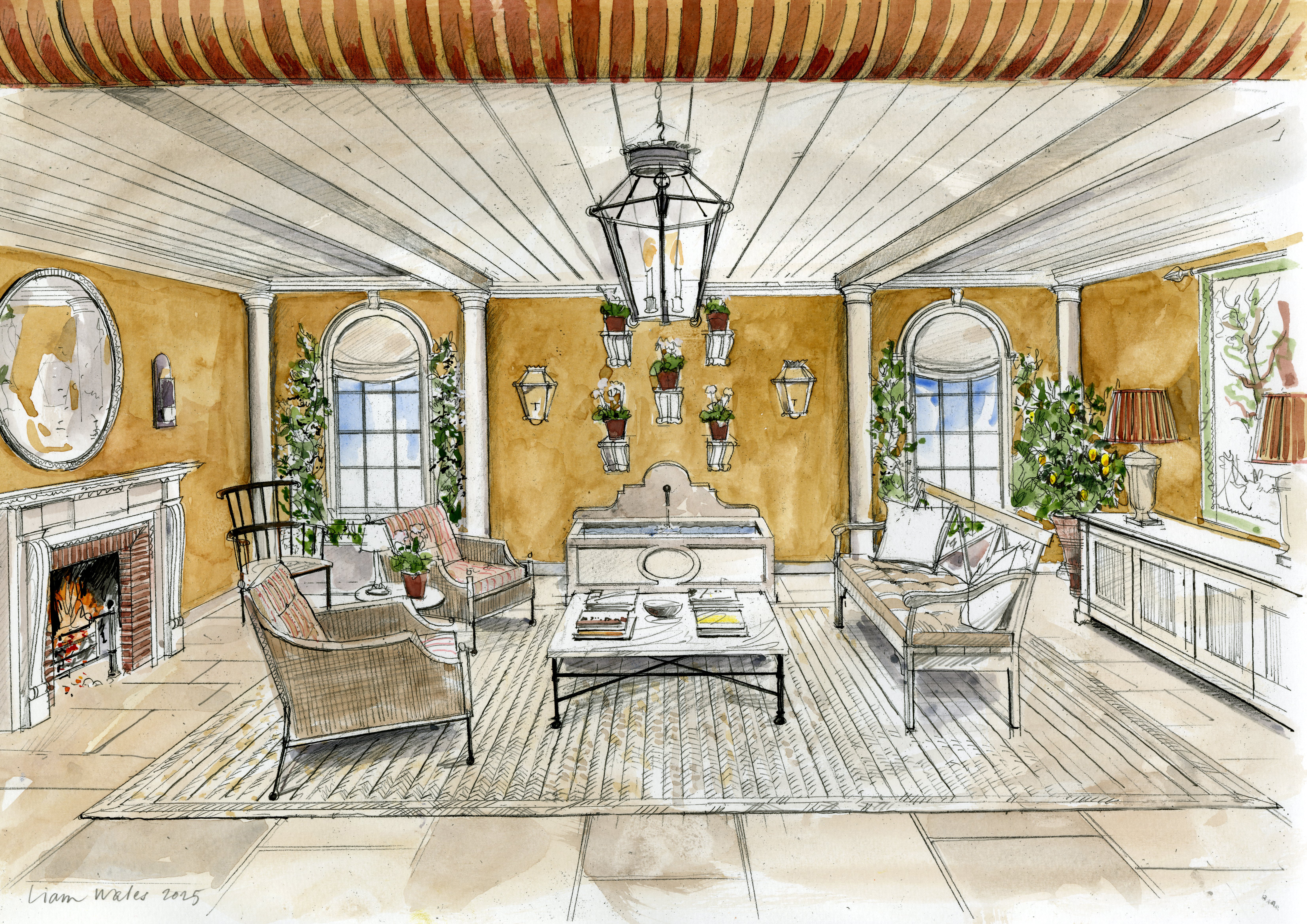 The big reveal: A first look at Country Life's RHS Chelsea Flower Show stand
The big reveal: A first look at Country Life's RHS Chelsea Flower Show standInterior designer Isabella Worsley reveals her plans for Country Life’s ‘outdoor drawing room’ at this year’s RHS Chelsea Flower Show.
By Country Life Published
-
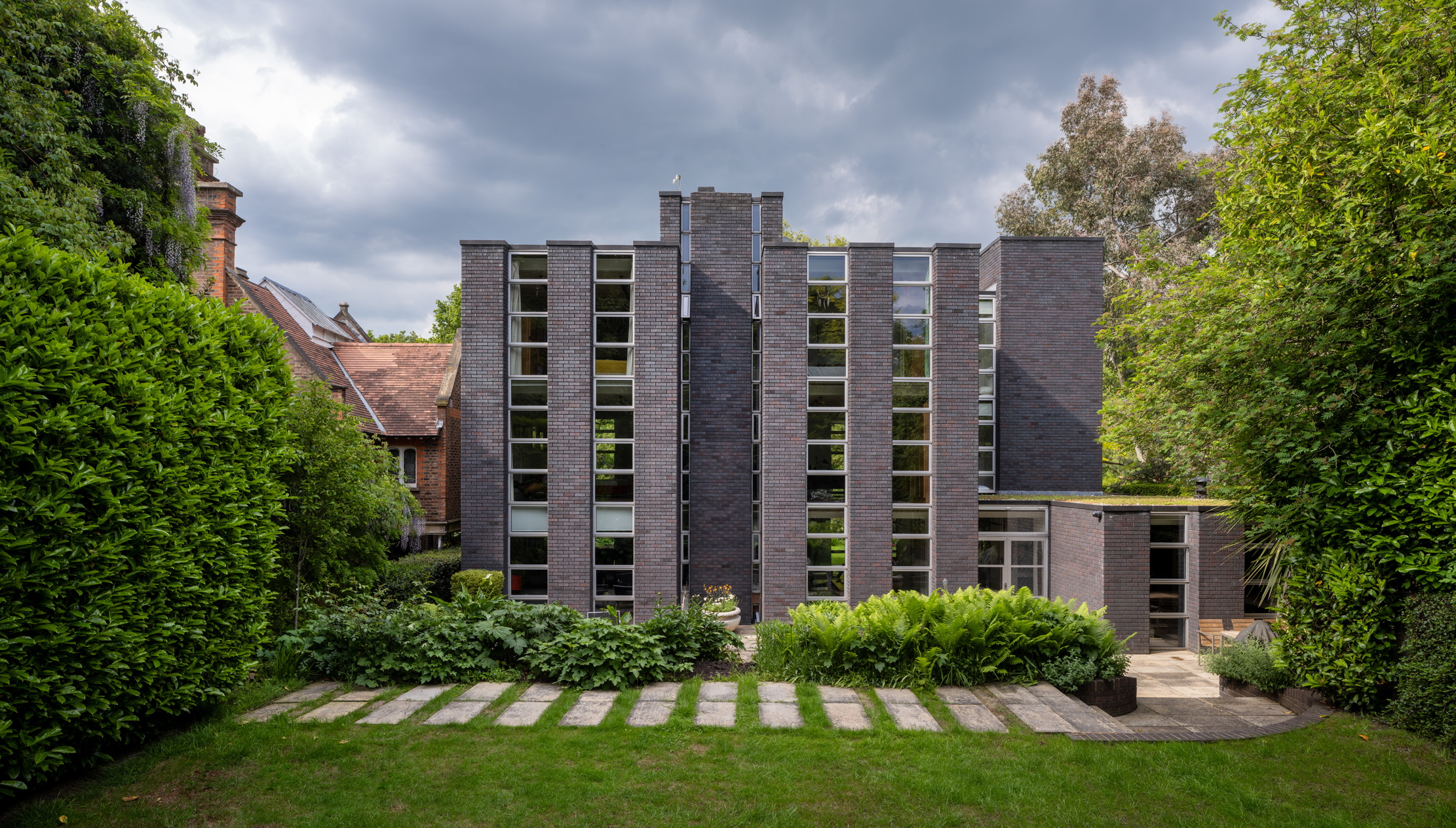 Schreiber House, 'the most significant London townhouse of the second half of the 20th century', is up for sale
Schreiber House, 'the most significant London townhouse of the second half of the 20th century', is up for saleThe five-bedroom Modernist masterpiece sits on the edge of Hampstead Heath.
By Lotte Brundle Published
-
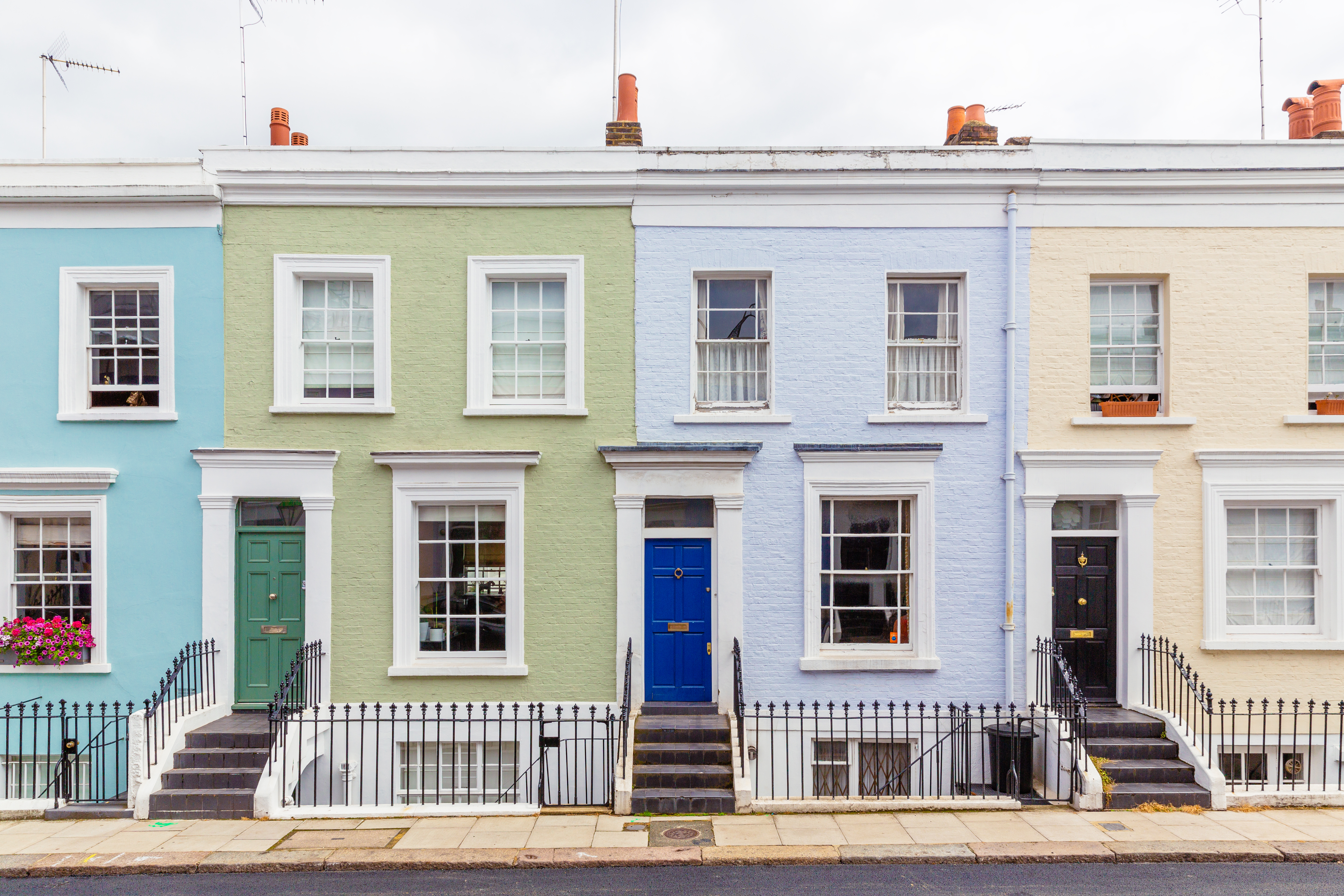 London is the place for me* (*the discerning property buyer)
London is the place for me* (*the discerning property buyer)With more buyers looking at London than anywhere else, is the 'race for space' finally over?
By Annabel Dixon Last updated
-
 What's a 'wellness village' and will it tempt you back into the office?
What's a 'wellness village' and will it tempt you back into the office?The team behind London's first mixed-use ‘wellness village’ says it has the magic formula for tempting workers back into offices.
By Annunciata Elwes Published
-
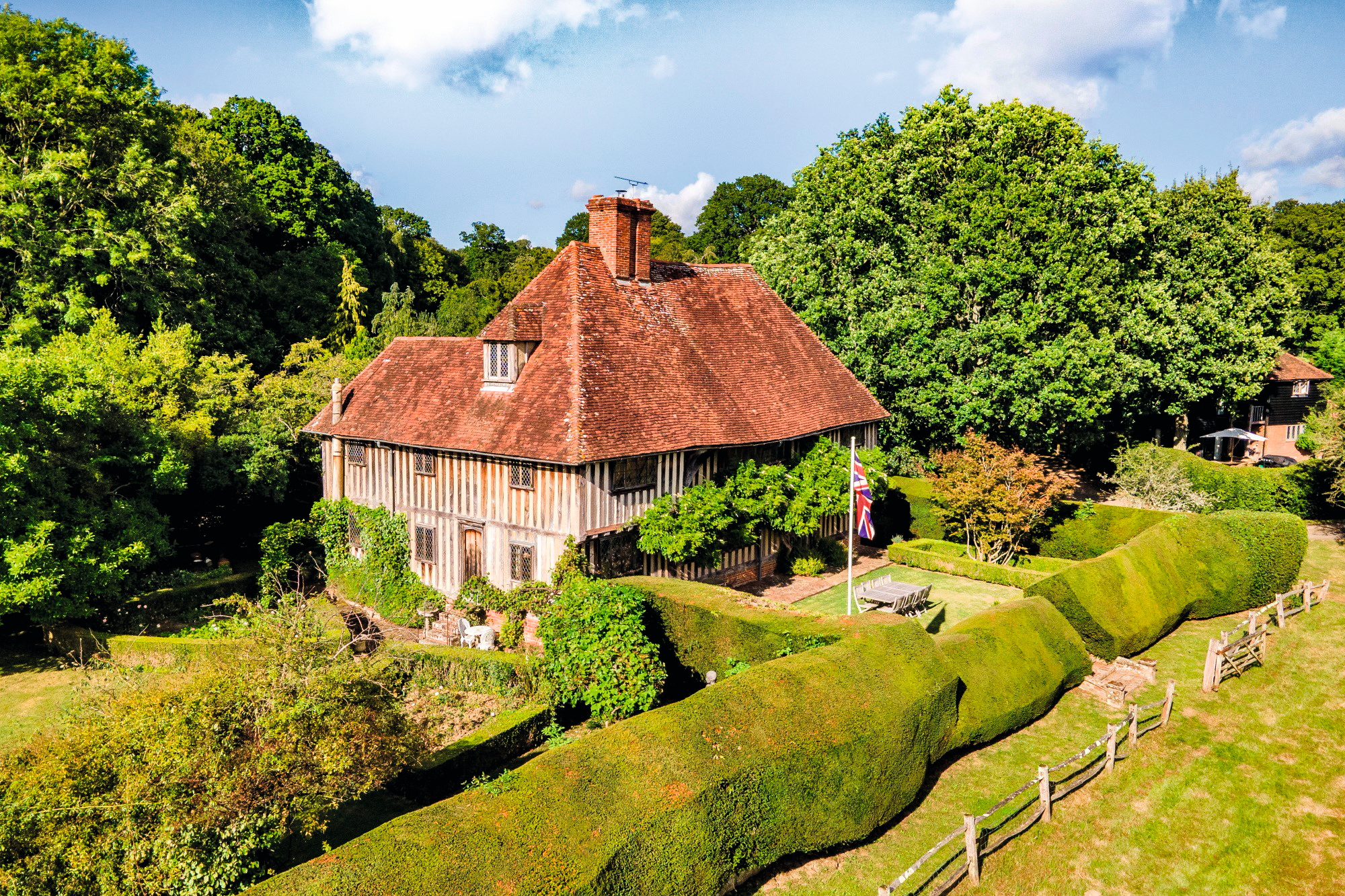 A mini estate in Kent that's so lovely it once featured in Simon Schama's 'History of Britain'
A mini estate in Kent that's so lovely it once featured in Simon Schama's 'History of Britain'The Paper Mill estate is a picture-postcard in the Garden of England.
By Penny Churchill Published
-
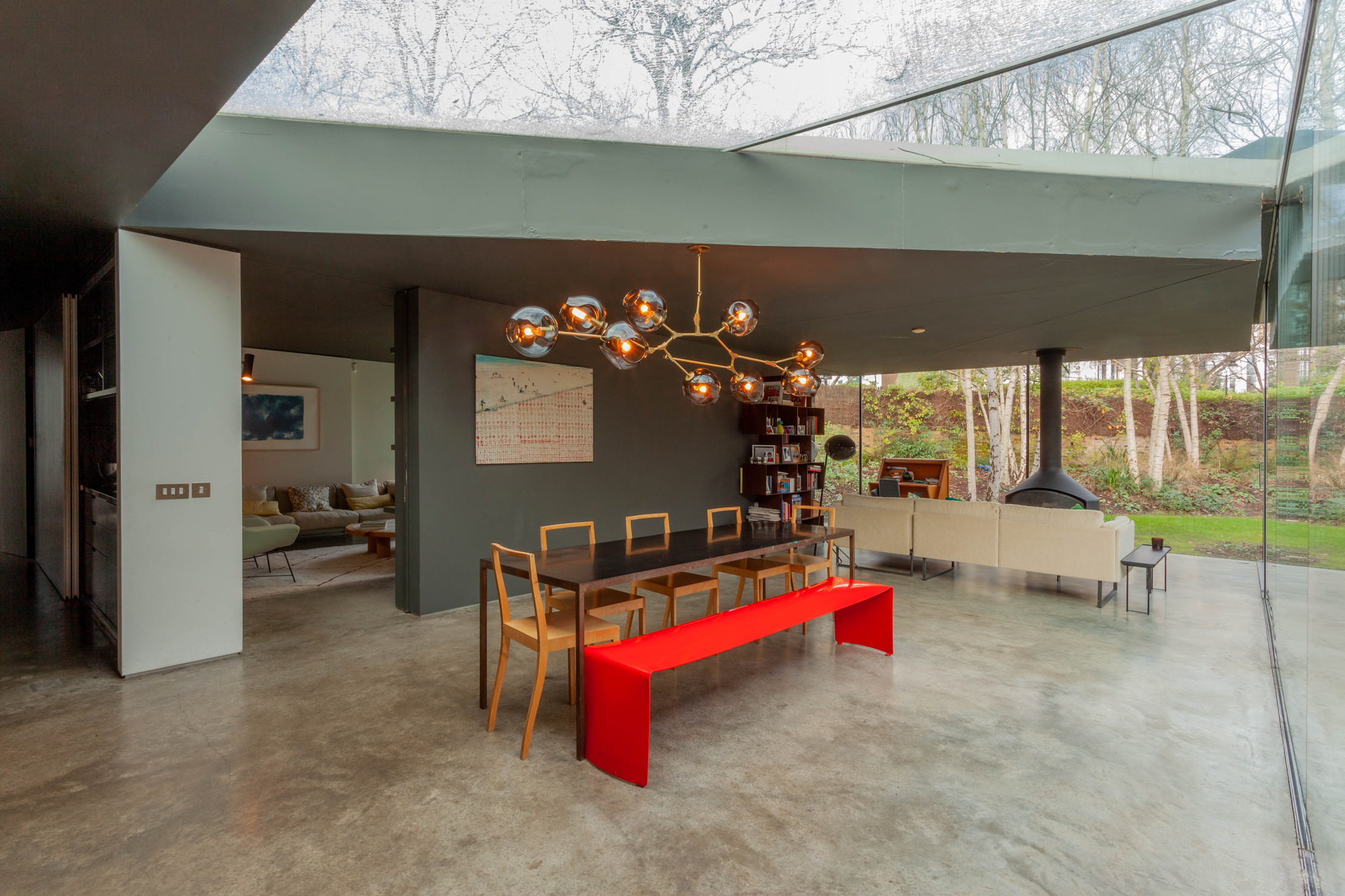 Hidden excellence in a £7.5 million north London home
Hidden excellence in a £7.5 million north London homeBehind the traditional façades of Provost Road, you will find something very special.
By James Fisher Published
-
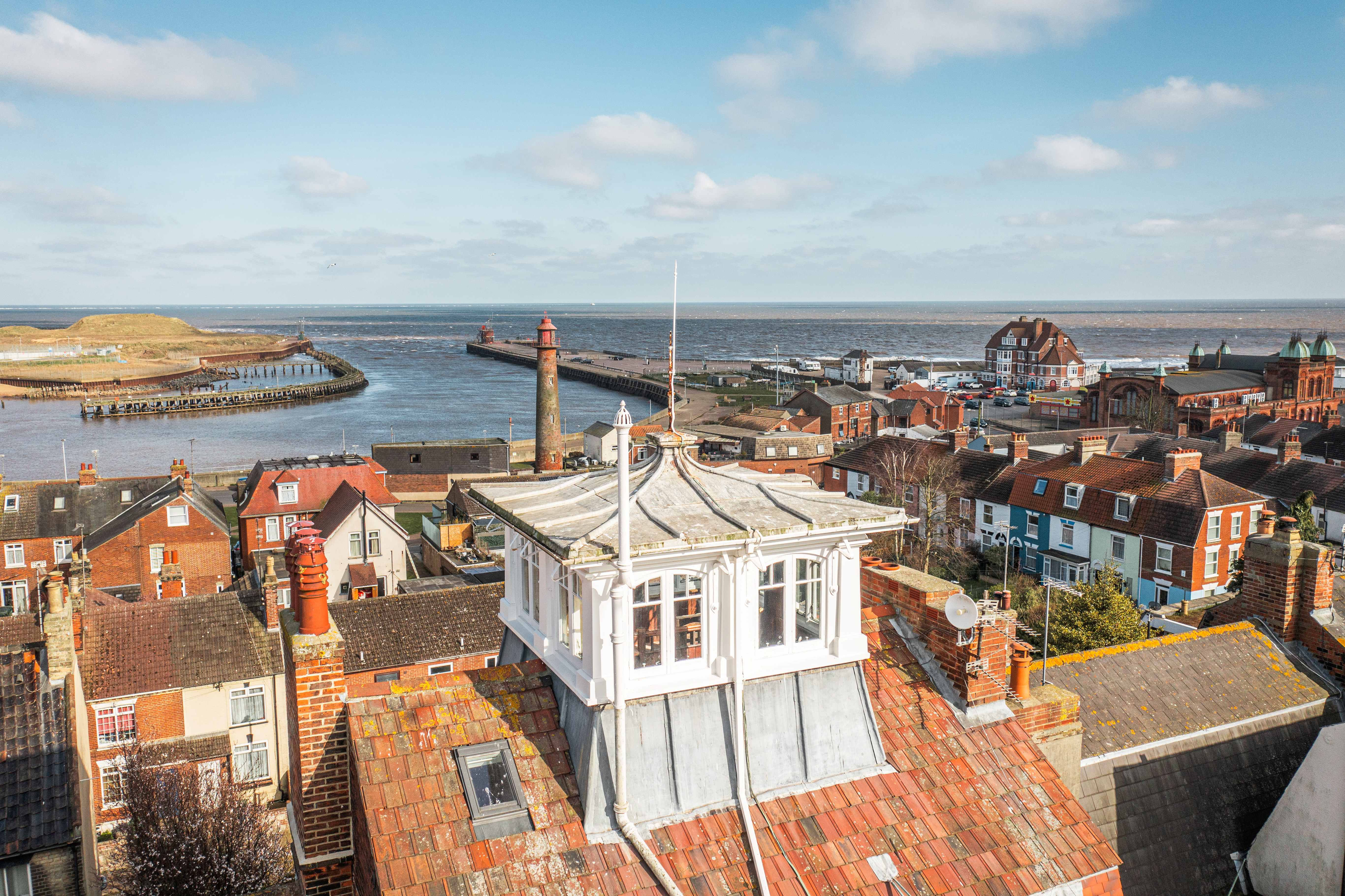 Sip tea and laugh at your neighbours in this seaside Norfolk home with a watchtower
Sip tea and laugh at your neighbours in this seaside Norfolk home with a watchtowerOn Cliff Hill in Gorleston, one home is taller than all the others. It could be yours.
By James Fisher Published
-
 A Grecian masterpiece that might be one of the nation's finest homes comes up for sale in Kent
A Grecian masterpiece that might be one of the nation's finest homes comes up for sale in KentGrade I-listed Holwood House sits in 40 acres of private parkland just 15 miles from central London. It is spectacular.
By Penny Churchill Published
-
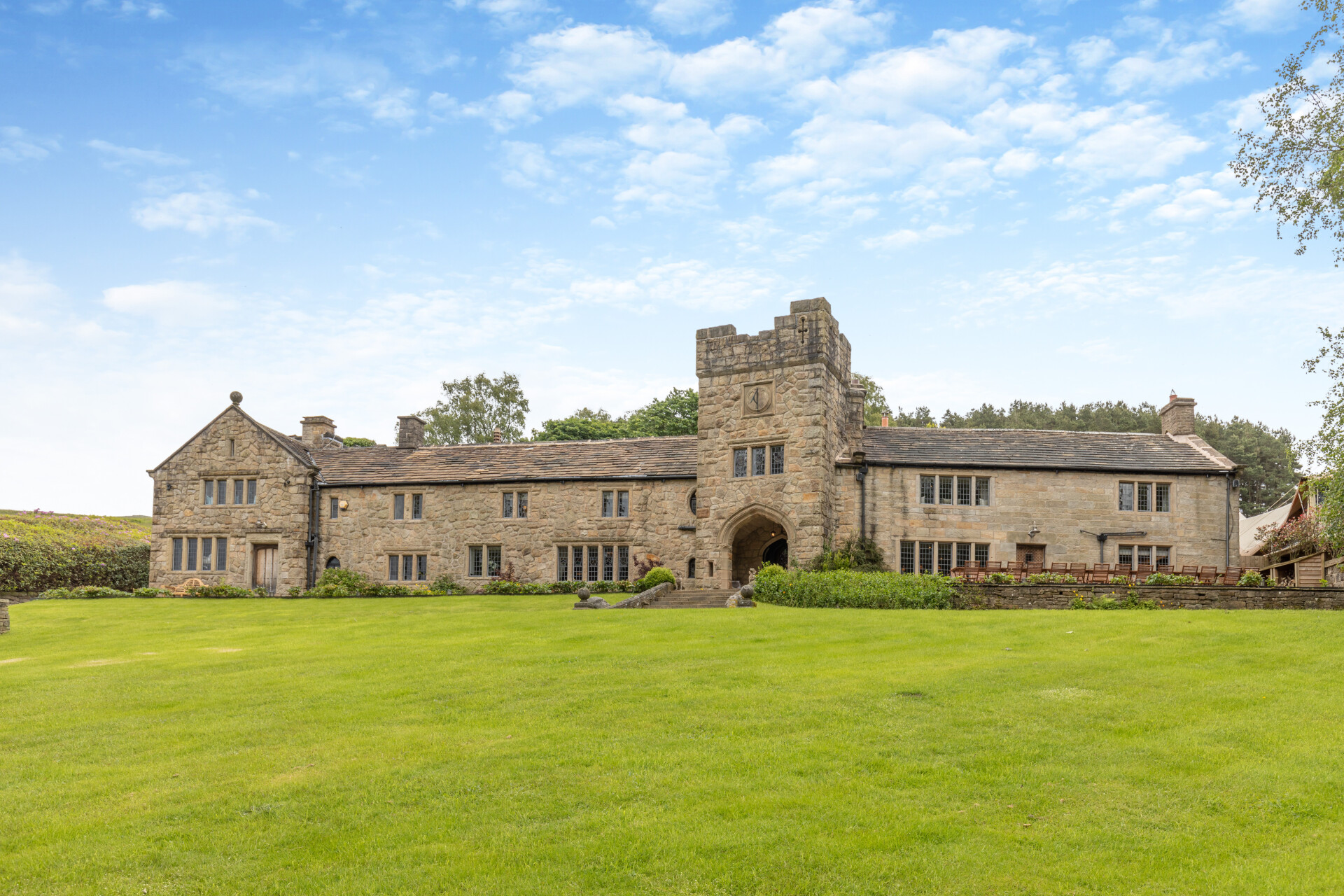 Some of the finest landscapes in the North of England with a 12-bedroom home attached
Some of the finest landscapes in the North of England with a 12-bedroom home attachedUpper House in Derbyshire shows why the Kinder landscape was worth fighting for.
By James Fisher Published
